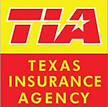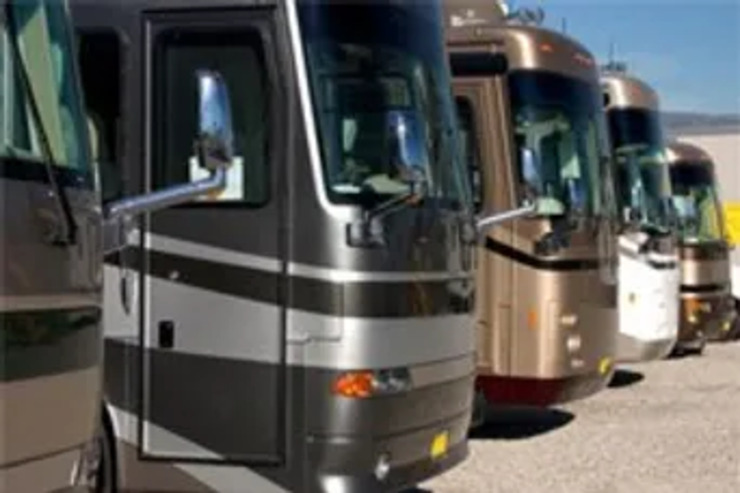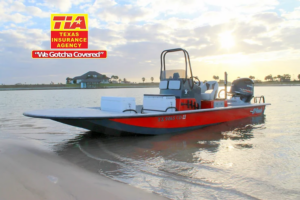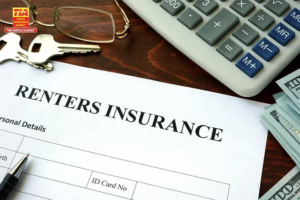Most RV drivers have to carry the right insurance policy for the vehicle. States usually have coverage minimums, in addition to a variety of other requirements. Therefore, getting the proper coverage is imperative.
When you apply for coverage, work with your insurance agent to determine the coverage for your vehicle. Your agent will take your driving and operating risks into account. After they assess your risks, they will determine a policy rate based on those risks.
Insurers use varying formulas to determine the risk levels for policyholders. However, an insurance principle is that the higher the risk factor a driver poses, the more they may pay for their RV coverage. Consider some of the different factors companies may consider when determining rates.
1.RV Type and Value: The type of RV you buy will likely impact your coverage. Insurance means to protect that vehicle specifically, so your coverage needs to extend to the vehicle in question.
2.Modifications: If you make permanent modifications to your RV, like adding a satellite dish, you may alter the value and operational risks. You might need to increase your coverage or buy a permanent options coverage. This could increase your premium price.
3.Your Qualifications: Each state has different licensing laws for RV operators. Some states require no additional qualifications, while others require special licenses. If you don’t have the proper qualifications, this can increase your risks and your prices. In fact, many insurers offer discounts for driver who can demonstrate they can safely drive an RV, usually by passing an RV safety course.
4.Location: Where you live could impact how much you pay for RV insurance. Some locations statistically have higher rates of vehicle accidents, thefts and insurance claims. Insurers often have to charge more for the coverage they offer to areas with higher risks.
5.Use: How you use your RV may impact your coverage risks. Depending on how far, how much and where you drive, your prices may change. Additionally, some RV owners only use their vehicles seasonally. They might have the option to deactivate certain parts of their policies that become obsolete when not using the RV. This might save them certain costs.
6.Age and sex: Trends show that men and women, as well as older and younger drivers, pose different levels of risk while driving. You may pay more for coverage based on these factors.
7.Driving Records: Drivers with multiple accidents, tickets or other violations may have to pay more for their coverage. High-risk drivers often pose significant cost risks to insurers.
Additionally, the coverage levels and deductible you select may impact your prices. Generally, high coverage levels or low deductible have a tendency to drive prices up.
Get covered now! Call Texas Insurance Agency at (713) 921-8000 for a fast, free Houston RV insurance quote.





